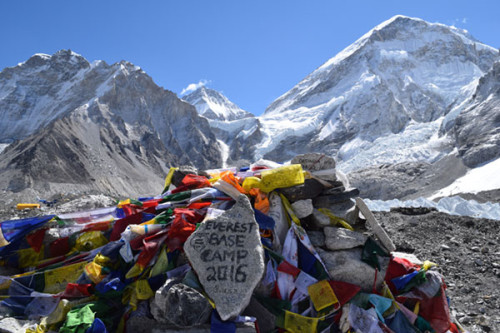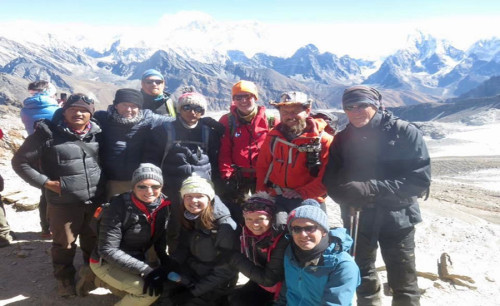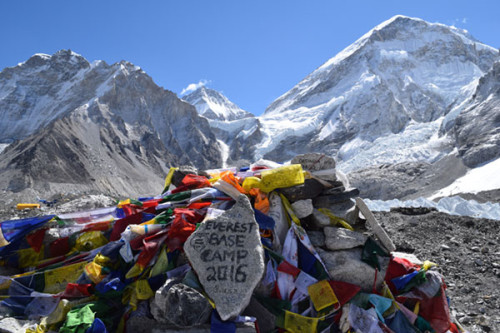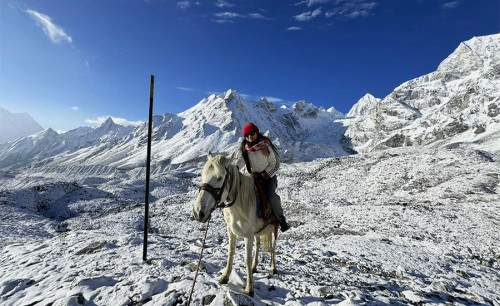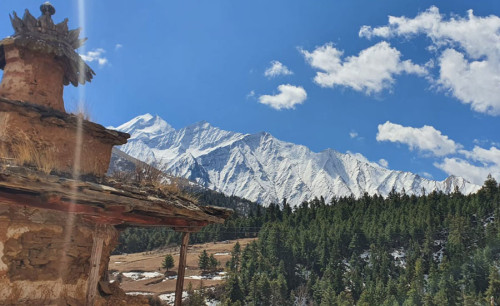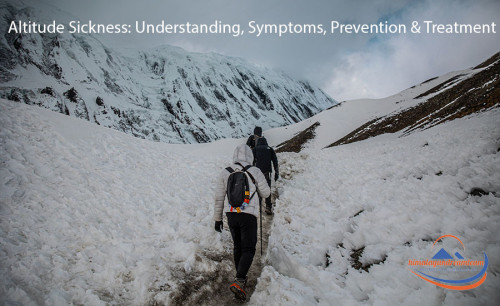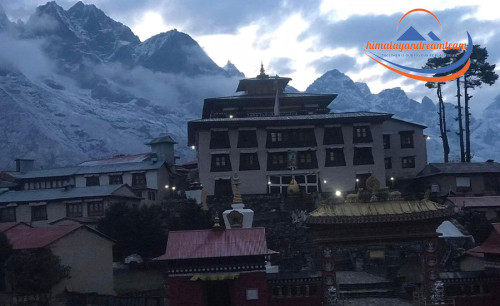Stay Connected on the Trails: Mobile Networks and WiFi Guide for Trekking in Nepal
Published On : 20th May, 2024 By Himalayan Dream Team

Trekking in Nepal offers adventurers a chance to immerse themselves in stunning natural beauty, but it's also essential to stay connected for safety and communication. In this comprehensive guide, we'll explore the availability of mobile networks and WiFi along different trekking trails, along with tips for staying connected throughout your journey.
Mobile Network Coverage Across Trekking Trails
Nepal's trekking trails vary greatly in terms of remoteness and accessibility, which impacts mobile network coverage. Popular routes like the Annapurna Circuit and Everest Base Camp typically have reliable coverage from major carriers such as Ncell and Nepal Telecom, providing 3G and 4G services in most areas.
Choosing the Right SIM Card
For optimal connectivity, it's crucial to choose the right SIM card. Ncell and Nepal Telecom are the main providers, offering prepaid SIM cards with data packages suitable for trekking. These SIM cards are readily available in major cities like Kathmandu and Pokhara.
Performance of 3G and 4G Networks
In areas with coverage, both 3G and 4G networks work reasonably well, providing decent internet speeds for communication and basic internet browsing. However, signal strength may weaken or disappear in remote regions, so it's essential to be prepared for connectivity challenges.
WiFi Availability Along the Trails
While some tea houses along popular trekking routes offer WiFi access, it's not guaranteed everywhere. WiFi availability varies depending on the location and infrastructure, with remote areas often lacking connectivity options.
Cost of WiFi Services
In tea houses where WiFi is available, it's typically offered as a paid service. Prices vary but generally range from $8 to $10 for 24 hours. It's advisable to budget accordingly and manage your usage to avoid excessive costs.
Affordability of Mobile Network Services
Mobile network services in Nepal are relatively affordable, with prepaid data packages catering to various budgets. Prices depend on factors such as data volume and validity period, making it accessible for trekkers to stay connected without overspending.
Connectivity Challenges in Remote Areas
In remote regions where both WiFi and mobile networks are unavailable, it's essential to have alternative communication options. Carrying a satellite phone or a personal locator beacon can provide a lifeline in emergency situations, ensuring you can reach out for help if needed.
Preparing for Communication Gaps
Before embarking on your trek, inform your loved ones about potential communication gaps and establish alternative communication plans. This may include setting designated check-in times or sharing your trekking itinerary with trusted contacts.
Embracing the Opportunity to Disconnect
While staying connected is crucial for safety and communication, embracing the opportunity to disconnect can also enhance your trekking experience. Use moments without connectivity to immerse yourself fully in the natural beauty of Nepal and connect with fellow trekkers.
Utilizing Offline Communication Tools
In areas with limited or no connectivity, offline communication tools such as maps, guidebooks, and physical signage become invaluable. Familiarize yourself with these resources and use them to navigate the trails confidently.
Establishing Communication Protocols
During group treks, establish clear communication protocols with your fellow trekkers to ensure everyone stays connected and informed. This may include designating a point person responsible for communication and establishing emergency procedures.
Adapting to Changing Conditions
Be prepared to adapt to changing connectivity conditions along the trekking route. Signal strength may vary depending on factors such as weather, terrain, and infrastructure, so remain flexible and patient as you navigate through different environments.
Conclusion
In conclusion, staying connected on the trails of Nepal requires understanding the availability of mobile networks and WiFi, choosing the right SIM card, and being prepared for connectivity challenges in remote areas. By following these tips and planning accordingly, you can ensure a safe and enjoyable trekking experience while staying connected with the world.
Recent From Blog

10th Apr, 2024

30th Apr, 2024

16th Apr, 2024

23rd Apr, 2024

23rd Apr, 2024

25th Apr, 2024

26th Apr, 2024

26th Apr, 2024

27th Apr, 2024

27th Apr, 2024

29th Apr, 2024

29th Apr, 2024

29th Apr, 2024

2nd May, 2024

2nd May, 2024

6th May, 2024

6th May, 2024

12th May, 2024

12th May, 2024

12th May, 2024

13th May, 2024

12th May, 2024

13th May, 2024

13th May, 2024

12th May, 2024

13th May, 2024

12th May, 2024

12th May, 2024

12th May, 2024

12th May, 2024

12th May, 2024

12th May, 2024

12th May, 2024

13th May, 2024

13th May, 2024

14th May, 2024

14th May, 2024

14th May, 2024

14th May, 2024

15th May, 2024

14th May, 2024

14th May, 2024

16th May, 2024

19th May, 2024

19th May, 2024

20th May, 2024

24th May, 2024

28th May, 2024

28th May, 2024

29th May, 2024

29th May, 2024
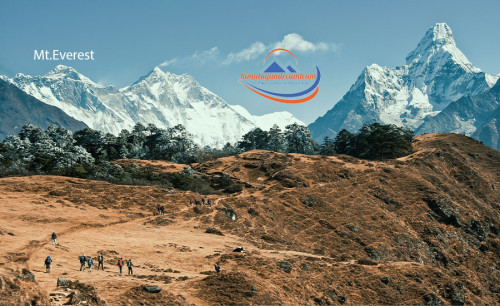
29th May, 2024

29th May, 2024

29th May, 2024


